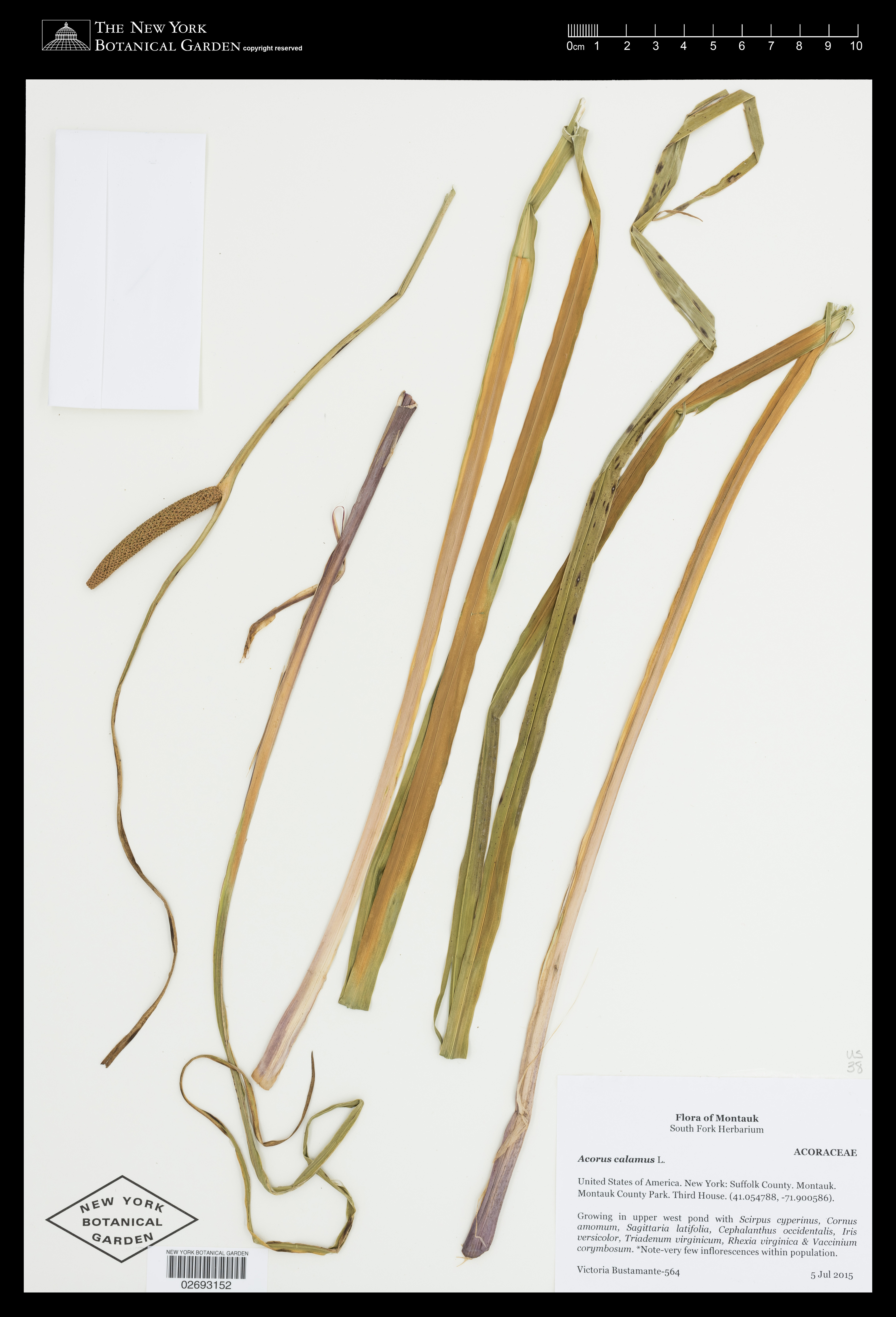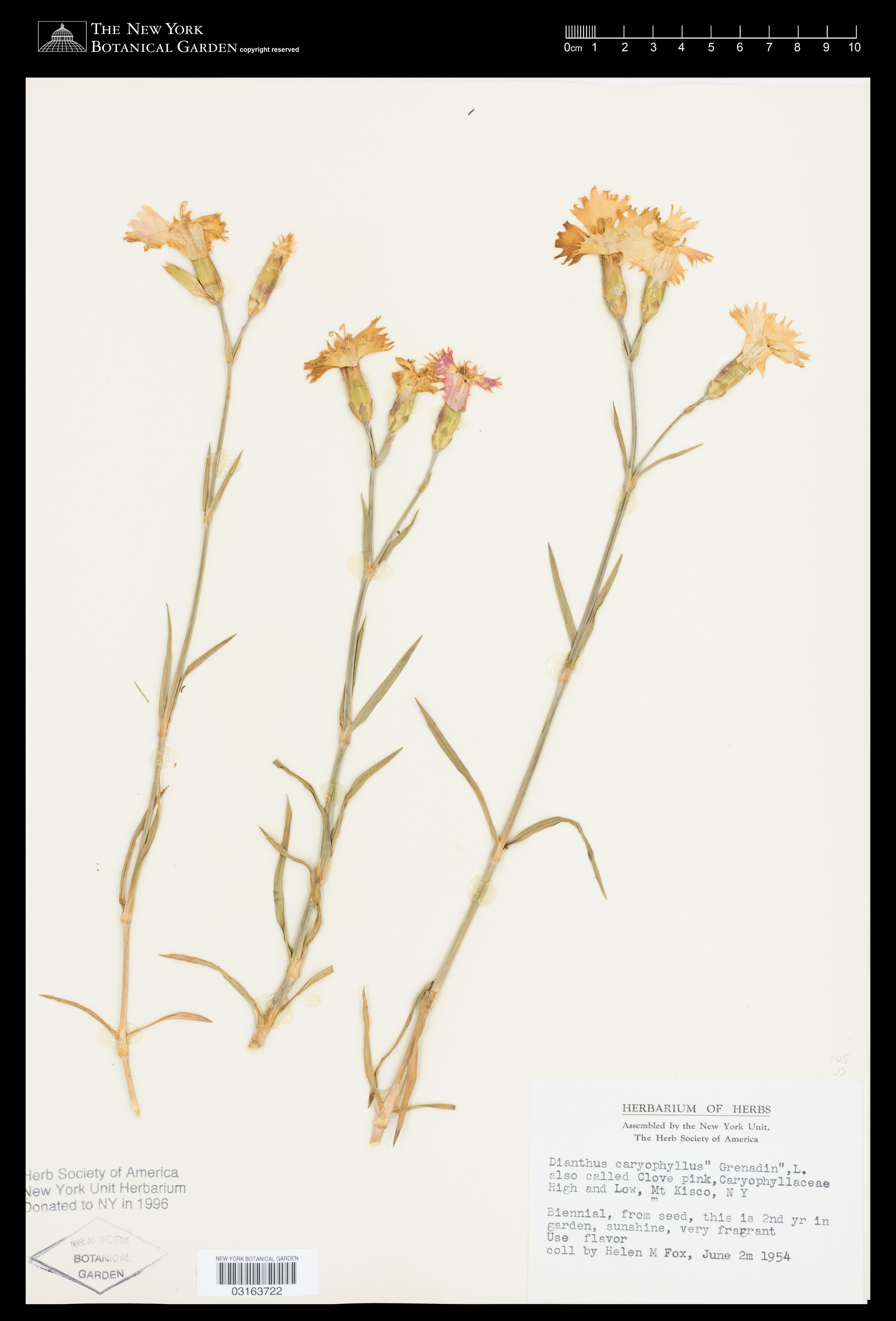Jun 13 2019
As the world celebrates the 50th anniversary of the Stonewall riots during Pride Month, this June is the perfect time to reflect back on botanical acts of resistance and self-expression by LGBTQ people throughout history. Well before Stonewall, queer people around the world used the subversive messages found in flowers to identify each other and to express themselves.
The Calamus root, a grass-like wetland plant, became a symbol for male homosexuality when Brooklyn-based poet Walt Whitman published the “Calamus” cycle of poems in his popular 1860 edition of Leaves of Grass. In his fourth Calamus poem, Whitman not only describes giving a calamus plant, which was common along the Brooklyn waterfront, to his lover, but also encourages other queer men to embrace the plant as a symbol of identity:
“And here what I now draw from the water, wading in the pond-side,
(O here I last saw him that tenderly loves me—and returns again, never to separate from me,
And this, O this shall henceforth be the token of comrades—this calamus-root shall,
Interchange it, youths, with each other! Let none render it back!)
But what I drew from the water by the pond-side, that I reserve,
I will give of it—but only to them that love, as I myself am capable of loving.”
Another flower adopted by queer men during the Victorian era was the dyed green carnation. Author and playwright Oscar Wilde is credited with popularizing the flower and encouraging other gay men to wear it as a signifier of sexual identity. An 1894 novel based on Wilde’s relationship with his partner Lord Alfred Bosie called The Green Carnation was published anonymously (by Robert Hichens), and was ultimately used as evidence against Wilde when he was tried for homosexuality. Wilde was convicted of “gross indecency,” and imprisoned for two years. From prison, he denied writing the novel, but took credit for the flower itself:
“Sir, kindly allow me to contradict, in the most emphatic manner, the suggestion…that I am the author of 'The Green Carnation.' I invented that magnificent flower. But with the middle class and mediocre book that usurps its strangely beautiful name I have, I need hardly say, nothing whatsoever to do. The Flower is a work of art. The book is not.”
Queer women had a floral symbol of their own, prompted by the 1926 debut of the French play La Prisonnière, which describes a woman who receives violets from her female lover. In response to the play, lesbians in France and the United States wore the common blue violet on their lapels, causing demand for the flower to skyrocket. The lesbian violet fad, which peaked in the 1930s, represented only the most recent chapter in a long historical association between violets and lesbians. The ancient Greek poet Sappho, who lived in the sixth century BCE, is one of history’s most famous lesbians (the word “lesbian” was named for the island, Lesbos, that she lived on). Sappho invoked violets as a token of female love in her writing, including this excerpt, in which the poetess mourns the departure of her lover:
“Goodbye, and don’t forget me… Many a wreath of violets and roses you laid upon your locks and braided hair, when you were with me; many a woven chain of spring flowers you wore about your dainty neck.”
We can all be inspired by the creativity, bravery, and #plantlove of historical queer writers like Walt Whitman, Oscar Wilde, and Sappho, who used flowers to celebrate love, identity, and self-expression.
Happy Pride from the NYBG Herbarium!





